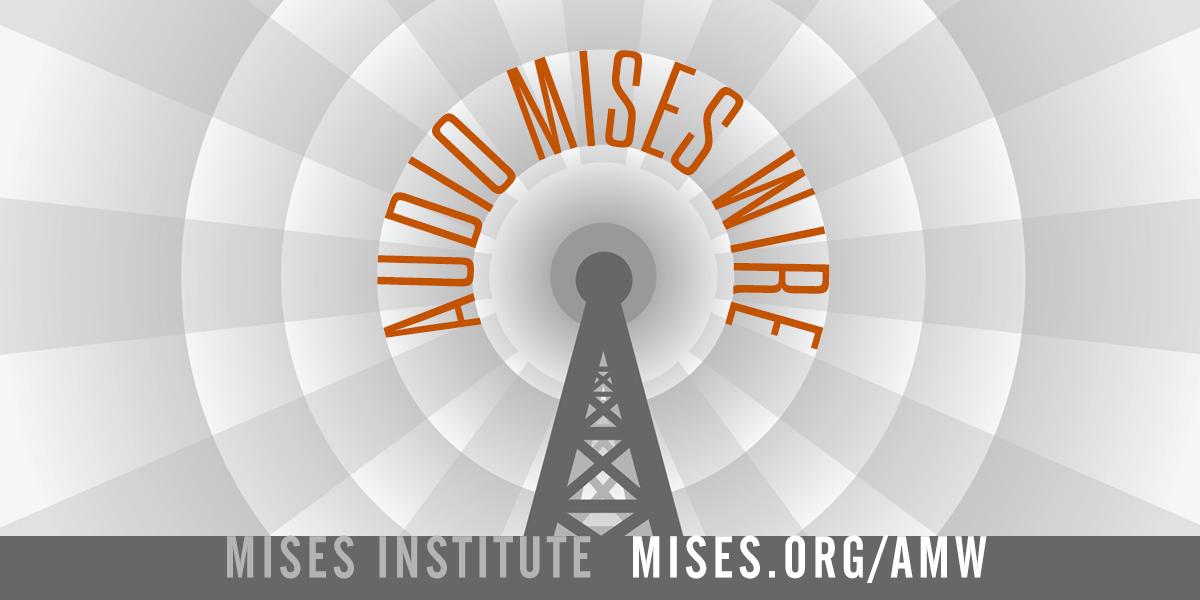Authored by Sam Dorman via The Epoch Times,
Senate Democrats proposed a constitutional amendment on Dec. 16 that would abolish the Electoral College and ensure the country’s presidential elections were determined by the popular vote.
“It is time to retire this 18th-century invention that disenfranchises millions of Americans,” Senate Judiciary Chairman Dick Durbin (D-Ill.) said in a press release.
He and Sens. Brian Schatz (D-Hawaii) and Peter Welch (D-Vt.) proposed the legislation after another proposal emerged in the House last week.
“No one’s vote should count for more based on where they live,“ Schatz said in the press release. ”The Electoral College is outdated and it’s undemocratic. It’s time to end it.”
Article II of the Constitution establishes the Electoral College, which directs states to appoint electors for casting votes for president and vice president.
The practice has come under considerable criticism from Democrats such as Durbin, who noted in his press release that he tried to abolish the Electoral College in 2000.
“In all but five presidential elections, the winner of the election received the most votes,” the press release read. “Two of those five times came in the last 25 years, handing the presidency to candidates the majority of voters rejected.”
The release was referring to former President George W. Bush and candidate Donald Trump losing the popular vote in 2000 and 2016 respectively. In the most recent presidential election, Trump won 49.9 percent of the popular vote compared with Vice President Kamala Harris’ 48.4 percent.
Trump has both supported and criticized the Electoral College in social media posts. He said in 2012 that it was a “disaster for democracy” and in 2019 said he “realize[s] the Electoral College is far better.”
He said that the “brilliance of the Electoral College is that you must go to many States to win,” adding that without it, smaller states would lose power.
Eliminating the Electoral College via constitutional amendment would require state and national approval.
According to Article V of the Constitution, Congress can send the issue to the states after two-thirds of both the House and Senate approve an amendment. From there, three-fourths of the state Legislatures or state ratifying conventions must also approve.
The House legislation is a joint resolution with proposed text for a constitutional amendment. It reads in part: “The pair of candidates having the greatest number of votes for President and Vice President shall be elected.”
The bill clarifies that the change would be enacted following verification by three-fourths of state Legislatures.
The bill and amendment seem poised to fail with a Republican-dominated Congress next year.
In October, Senate Minority Leader Mitch McConnell (R-Ky.) panned a call by his state’s governor to abolish the Electoral College.
McConnell said the Electoral College encourages candidates to travel to smaller states. “At its core, the Electoral College protects Americans from the whims of the majority, something I’m familiar with in the Senate. … Without it, no presidential candidate would ever travel to a small state in Middle America, like Kentucky,” he said.
Senate Democrats’ press release on Dec. 16 noted that 17 states and the District of Columbia “have joined a national plan to bypass the Electoral College by agreeing to allocate its electoral votes to whichever candidate wins the nationwide popular vote.”
That seemed to be a reference to the National Popular Vote Interstate Compact, which has seen legislative approvals from multiple typically blue states since 2007.
In September, Pew Research Center said that more than six in 10 Americans support the popular vote determining who the next president is. Only 35 percent favored retaining the Electoral College.










